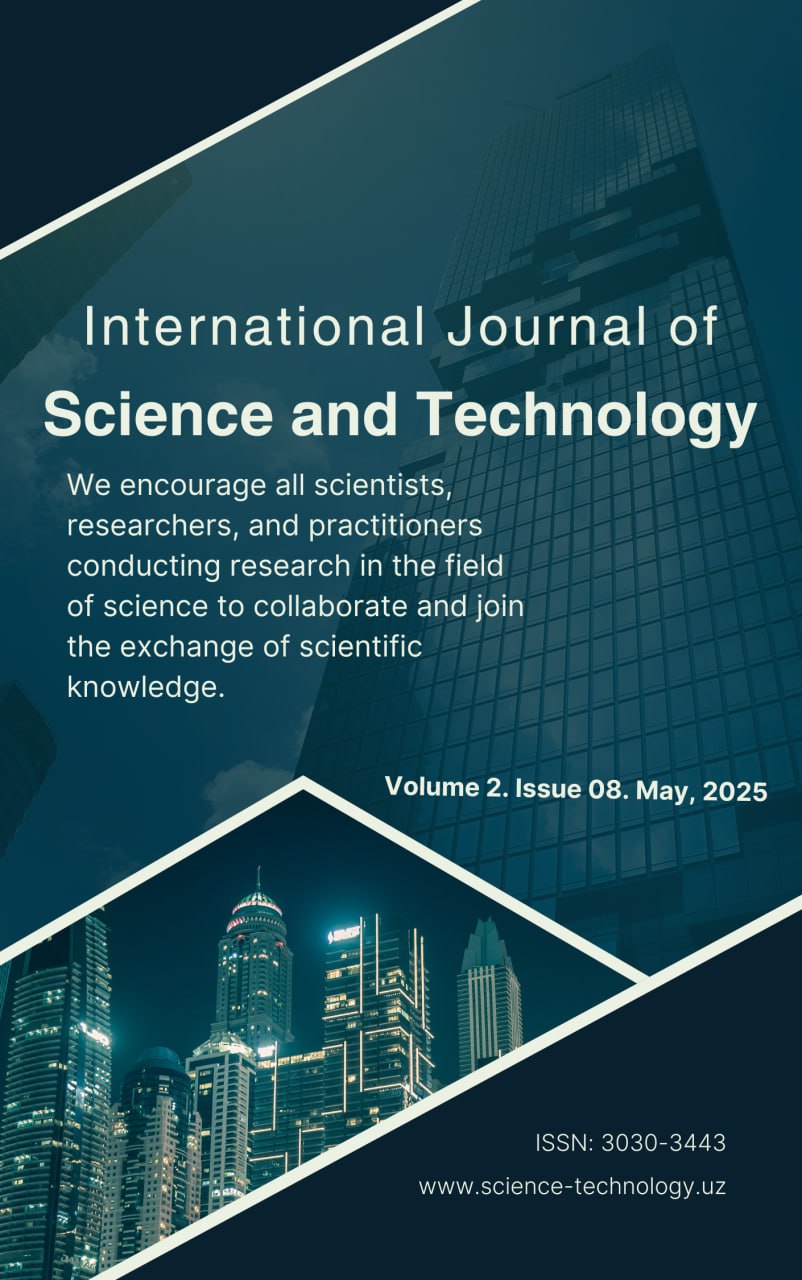Published 23-06-2025
Keywords
- Silk Road, tourism terminology, cultural translation, Uzbek, English, heritage communication

This work is licensed under a Creative Commons Attribution-NonCommercial-NoDerivatives 4.0 International License.
How to Cite
Abstract
This research examines the historical development and cultural significance of tourism-related terminology that emerged during the Silk
Road era and its reflection in modern Uzbek and English. The study explores how centuries of travel, trade, and intercultural interaction
shaped a rich lexicon that persists in contemporary tourism discourse. By comparing selected terms in both languages and evaluating
their translations, the paper highlights how cultural identity and historical meaning are embedded in language. The findings underscore
the need for culturally nuanced translation strategies that enhance both tourist understanding and heritage preservation in Silk Road
regions, particularly Uzbekistan.
References
- Biran, M. (2015). The Silk Road in world history. Oxford
- University Press.
- Frankopan, P. (2015). The Silk Roads: A new history of the
- world. Bloomsbury.
- Hansen, V. (2012). The Silk Road: A new history. Oxford
- University Press.
- Liu, X. (2010). The Silk Road in world history. Oxford
- University Press.
- Niyozov, S. (2016). Translation and cultural preservation in
- Uzbek tourism. Central Asian Journal of Linguistics, 4(2), 45-
- 59.
- 6. Niyazov, A. (2017). Caravanserais and their role in Silk Road
- commerce and culture. Journal of Asian History, 51(1), 85-
- 102.
- Soucek, S. (2000). A history of Inner Asia. Cambridge
- University Press.
- Stearns, M. (2011). Words on the Silk Road: Commerce and
- culture. Journal of Historical Linguistics, 3(1), 23-38.
- Whitfield, S. (1999). Life along the Silk Road. University of
- California Press.

